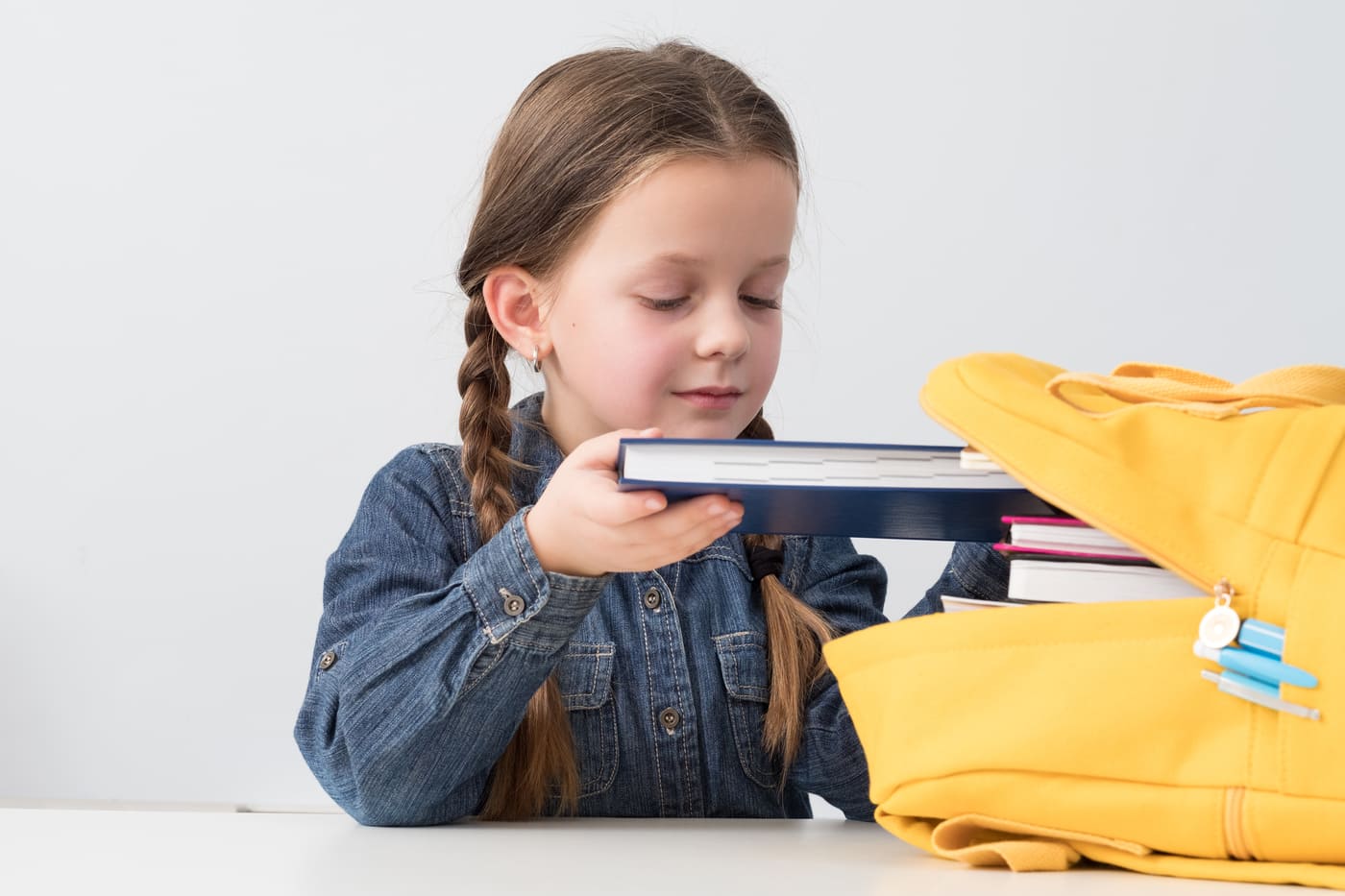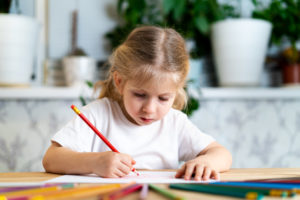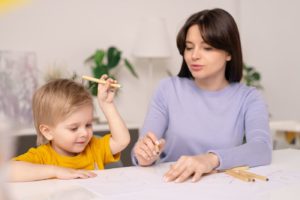Carton, glue, eraser, sharpener and ruler
Skills fine motor the child learns with development, such as grasping the gripper thumb-index, the thread beads or tacks, and the transfer using the two hands from one container to another; they are all fundamental movements to be able to use properly the hands.
These skills, combined with the skills of focus, eye coordination, motor planning, and movement, allow the child to learn how to use stand-alone tools schools that require complex movements.
These tools, in the order of difficulty of the case, are the phobic, glue, rubber, sharpener, and ruler.
Let's see together the evolutionary stages
- 24 months: the child learns to open and close the pencil case with a zipper linear;
- 48 months: the child learns to open and close the pencil case with zipper angular and is able to take and put your markers, and scissors inside the holes elastic pencil case;
- 24 months: the child begins to take the scissors in hand, but only by three years starts to impugnarle correctly;
- 48 months: the child begins to cut in a functional way.
- 5 years: the child begins to use a functional way, the glue, the sharpener, and the eraser);
- 6 years: at the beginning of elementary school, the child uses the ruler.
To teach the child these authorities, it is necessary to divide each into steps activity and teach it in a sequential and functional way while respecting the stages of development of these skills.
How can you teach a range?
To foster in the child this important exercise, we can offer you the opportunity to build their autonomy and give him occasional activities that respond to his interest and motor development.
To teach autonomy, can we use elementary and functional principles of applied behavior analysis, in particular, thetask analysis (Task Analysis) who, without knowing, every parent is already put into act on a daily basis.
The Task Analysis indicates a procedure that allows you to decompose a skill (or skills) in the sub-skills are more simple it requires to be performed. This procedure, therefore, provides a hierarchy of skills that corresponds to a sequence of the objectives of teaching and learning.
Let's see in practice how to break down an autonomy in many small steps.
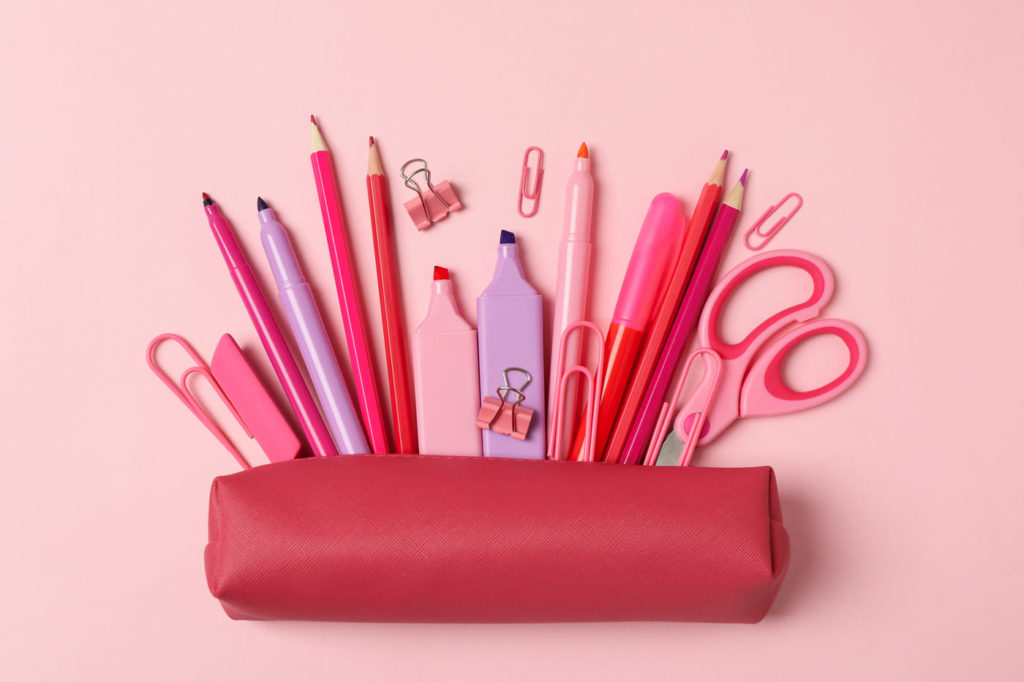
Use the case.
This activity requires the child to:
- Hold with one hand the box;
- Pull with the other hand, the zip;
- Open and close;
- Once you open the box, insert the tool by opening the zip.
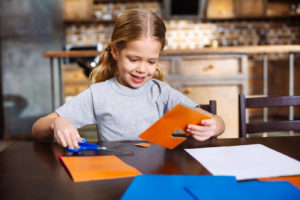
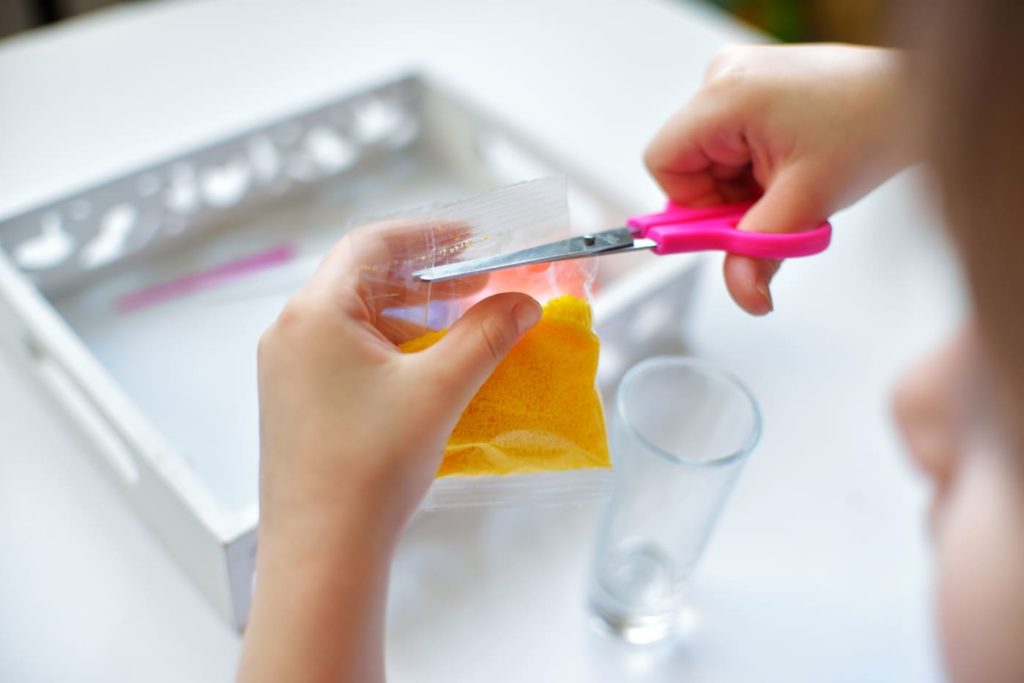
Once you open the case the child should know use scissors.
To get to use the scissors, here are all the steps suggested:
- Take the scissors with the thumb and index into a hole in the handle and the average in the other hole.
For children who have difficulty, you can start with the handle of the scissors out from the bench and then move it to the counter only when the coordination and eye-hand and selectivity the fingers are well-established.
- Once the baby shoves fingers correctly in the holes, he must learn to raise the scissors and guide the wrist in the correct way.
- At this point, you can teach the child to open and close, cutting the target in concrete like a piece of candy or a piece of plastic held by the teacher.
Once this step is mastered, you can start to use the scissors on the sheet, cutting the first randomly and then with a movement directed and sequentially, following a straight line, angle, and curve, and in the end, the figures.
Initially, the teacher can hold the paper, guiding him during the child's movements, then later it does to the baby. It is suggested to start by cutting a piece of cardboard because it is more rigid and easy to handle, and then navigate to the sheet paper.
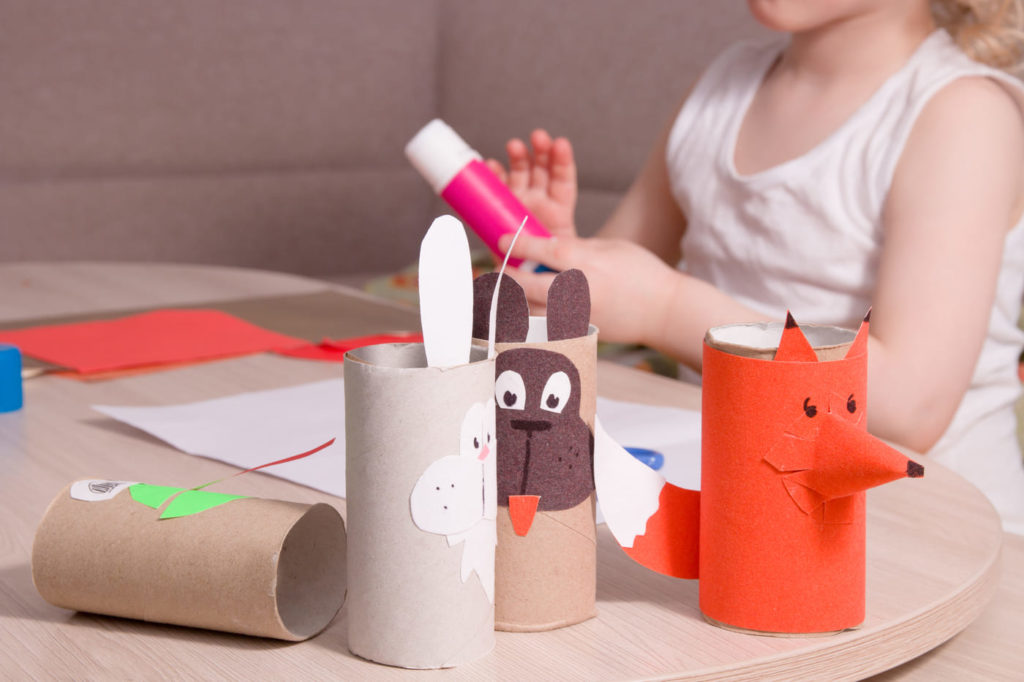
Paste with glue
When we use glue, one of the skills required is the bimanual coordination of the screw with adequate strength and control.
To do this, the child must:
- remove the cap
- loosen up to get out the glue
- do linear and circular moves on the sheet
- screw glue
- replace the cap.
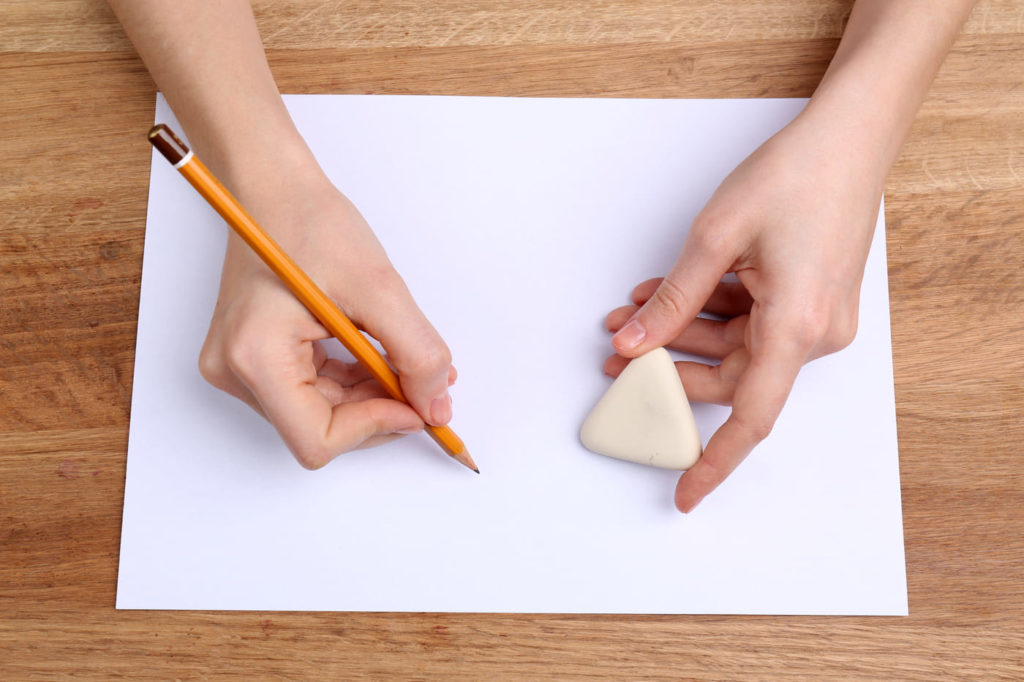
Erase with the eraser
Once the child draws well needs to know clearly. The rubber should be held with the grip tripod (thumb, index, middle) with the dominant hand; the other hand has to hold the sheet.
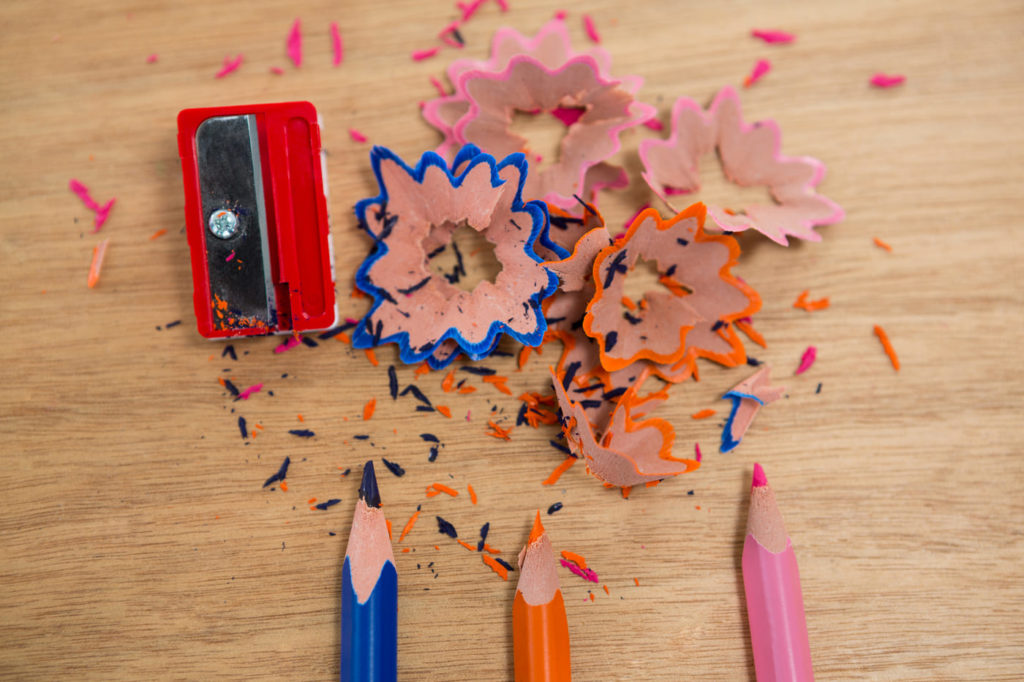
Sharpen your pencil
When your child is using the pencils must to know how to do the pencil. The sharpener requires that the child:
- keep a hand sharpener
- insert the pencil in the correct hole with the dominant hand
- rotate the pencil while holding the sharpener.
You can start with only one round of pencils and then get to shoot as much as needed.
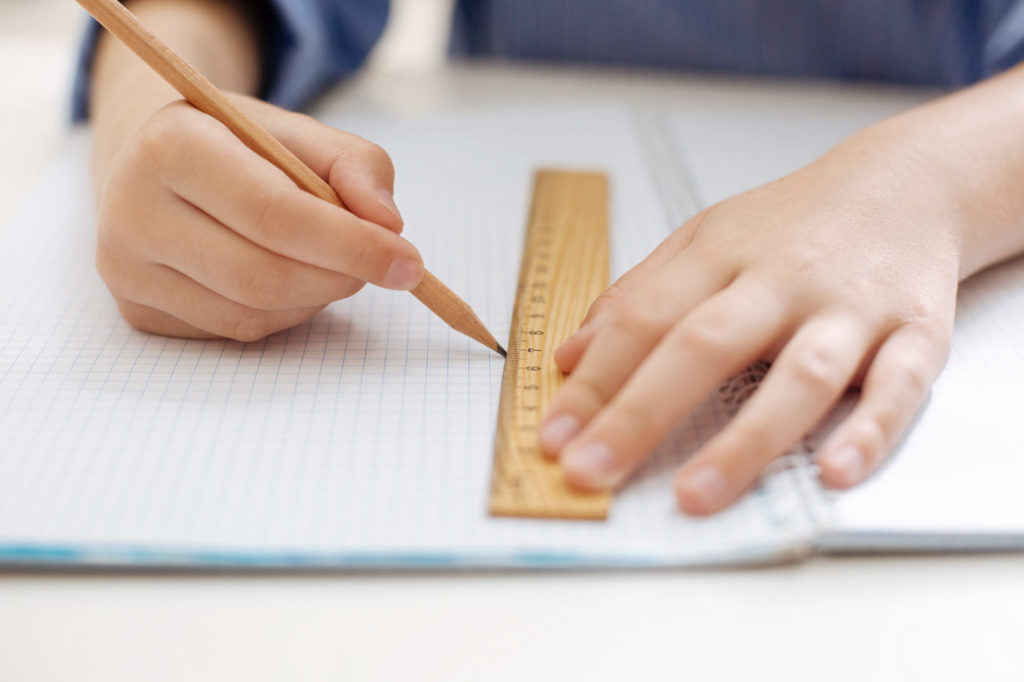
Use the ruler
Once the tip of the pencil is made, the child can learn to use the ruler. To do this, you must keep the ruler in the center with one hand and then have the strength to hold it.
To learn how to do it, you create a dish with the plasticine and ask the child to crush the ruler on the plate with only one hand: in this way, he will learn to do the correct pressure!
Then you can ask him to follow the contour of the ruler with a pencil.
How do you teach the sequence?
The teacher can teach a sequence of actions or decide to leave to ask one step at a time and help complete the child in the other steps.
Only when the child acquires the steps in autonomy, do you go to take the other steps of the action.
This procedure can start from the steps (initial linkage antegrade), and only when this is mastered, it goes on to teach the second action, and so on, “tying” the first step to the second, and so on.
Or, you can start from the last step (concatenation retrograde), and only when this is mastered, that is, when the person knows how to “complete” the task, goes on to teach the action that logically precedes it, “tying” the last to the penultimate.
All of these steps in the various autonomy can be requested by the parents in several ways:
- doing the actions with the child
- accepting help from the boy
- educating the child with verbal commands
- by using a sequence of images or videos of the routines.
The assistance that the teacher can give when it is the turn of the evidence of the child goes from the help of the most intrusive physical guidance to help the less intrusive verbal guidance.
Good job!

